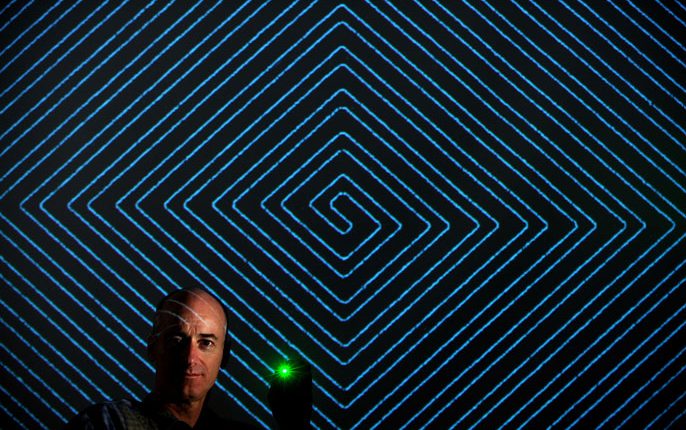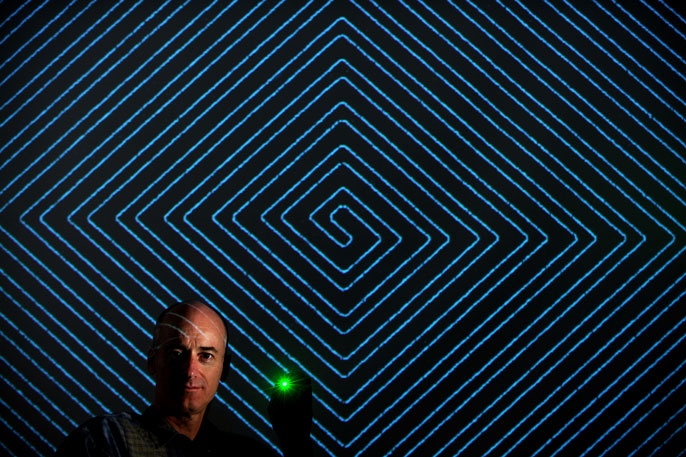
A typical lithium-ion battery can only be charged a few thousand times before it’s useless. However, a team of researchers from the University of California, Irvine have invented a nanowire-based battery material that can be recharged hundreds of thousands of times.
This breakthrough brings us closer to longer lifespans for computers, smartphones, appliances, and even spacecraft, and could eventually lead to a battery that would never need to be replaced at all.

Scientists have been trying to use nanowires in batteries for a while due to their thin structure (a thousand times thinner than a human hair) and high levels of conductivity. They also possess a large surface area for the storage and transfer of electrons. The problem with nananowires is that they’re fragile and can’t withstand the repeated discharging and recharging, or cycling that a battery would require. In a lithium-ion battery, they tend to expand and get brittle, which leads to cracking.
To solve this problem, UC Irvine researchers coated a gold nanowire in a manganese dioxide shell and encased the assembly in an electrolyte made of a Plexiglas-like gel to form a combination that is reliable and resistant to failure.
The team, led by Mya Le Thai, cycled the testing electrode up to 200,000 times over three months, and it turned out that there was no loss of capacity or power in the battery — even the nanowires were able to withstand the repetitive cycling.
“Mya was playing around, and she coated this whole thing with a very thin gel layer and started to cycle it,” said Reginald Penner, chair of UC Irvine’s chemistry department. “She discovered that just by using this gel, she could cycle it hundreds of thousands of times without losing any capacity.”
Penner found the breakthrough to be astonishing “because these things typically die in dramatic fashion after 5,000 or 6,000 or 7,000 cycles at most.”
The researchers believe that the goo plasticizes the metal oxide in the battery and offers flexibility, which in turn prevents cracking.
“The coated electrode holds its shape much better, making it a more reliable option,” said Thai. “This research proves that a nanowire-based battery electrode can have a long lifetime and that we can make these kinds of batteries a reality.”
Story via University of California, Irvine.

Comments are closed, but trackbacks and pingbacks are open.